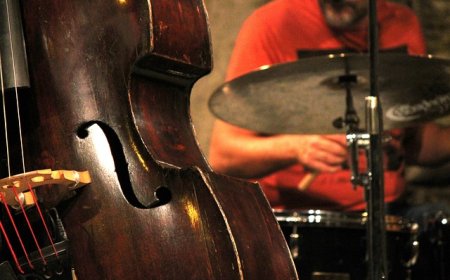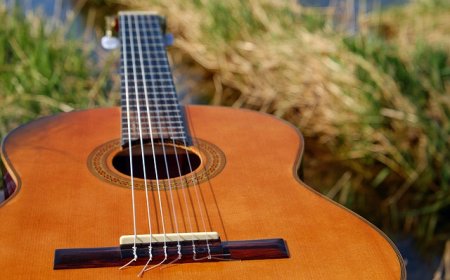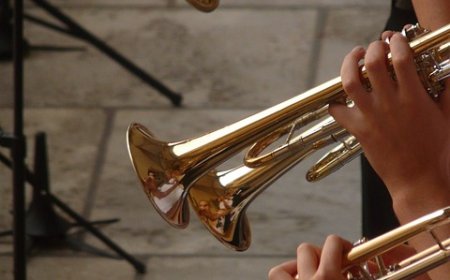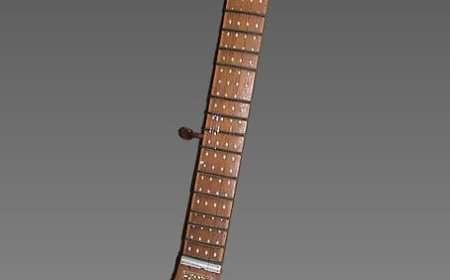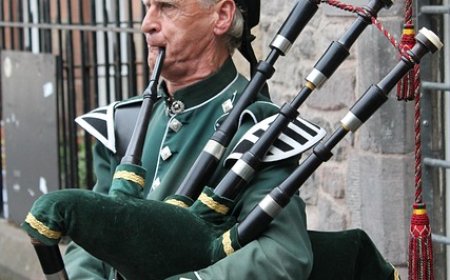Tuba Facts for Students & Its History
Explore the tuba: how it works, its parts, history, famous tuba players, and fun facts. A perfect resource for students and music learners interested in brass instruments
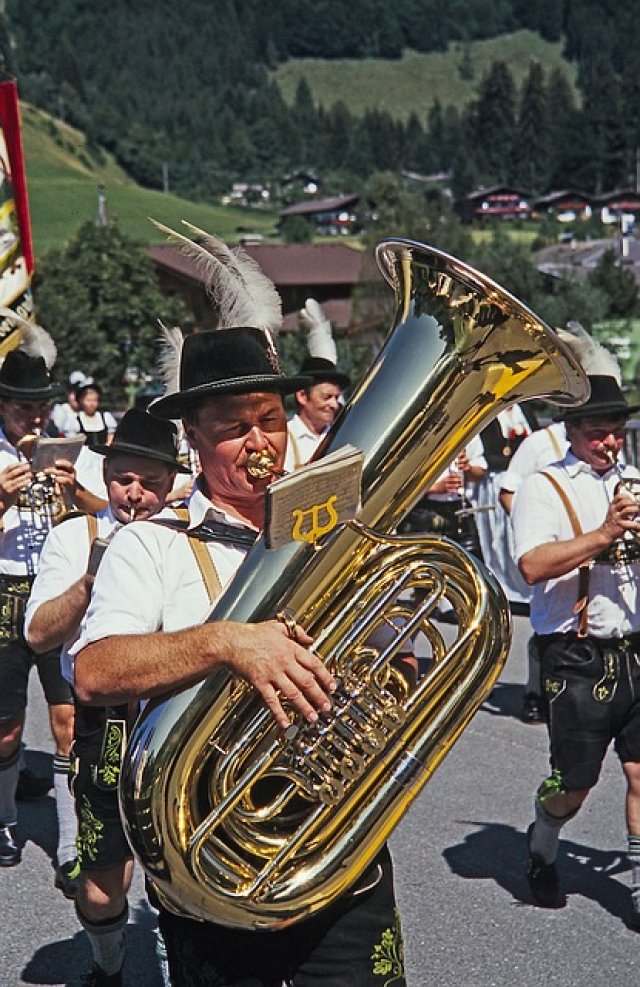
🎺 All About the Tuba
🥇 Introduction
The tuba is the biggest and lowest-sounding instrument in the brass family. With its deep, rich voice, the tuba provides the musical foundation in bands, orchestras, and brass groups. It might not play flashy melodies like a trumpet or trombone, but without the tuba, the music wouldn't feel complete. Its powerful sound supports the harmony and rhythm, giving music depth and strength. Whether in a concert hall or marching field, the tuba is truly the gentle giant of the brass section.
🎼 What Is a Tuba?
A tuba is a brass wind instrument that produces low-pitched notes when the player buzzes their lips into a large mouthpiece. It has a long metal tube coiled into a large shape with a wide bell at the end. The tuba typically has three to six valves that the player presses to change the pitch.
Tubas come in different sizes and keys, such as BB♭ (B-flat), CC, E♭, and F. The most common tuba in school bands is the BB♭ tuba. Tubas are used in a wide variety of music-from orchestras and concert bands to jazz, brass quintets, and even marching bands.
🧩 Parts of the Tuba
The tuba might look like a shiny metal maze, but it has several important parts that make it work. At the top is the mouthpiece, which is the largest of any brass instrument. The player buzzes their lips into it to start the vibration.
The air then travels into the leadpipe, through the valves, and around the many coils of tubing. Each valve redirects the air through extra tubing, changing the length and thus changing the pitch. Most tubas have three or four piston valves, but professional models may have rotary valves or even six valves in total.
The bell is the big, flared opening where the sound comes out. Because of its large size, the bell helps create the tuba's deep, booming tone. Some tubas have their bell facing forward (for marching), while concert tubas usually have upward-facing bells. There's also a tuning slide to adjust the overall pitch and valve slides for fine-tuning each valve combination.
⚙️ How Does the Tuba Work?
The tuba works by transforming air and lip vibration into powerful sound. When the player buzzes their lips into the large mouthpiece, the vibration moves through the instrument's tubing. The shape, length, and path of the tubing determine the pitch.
Pressing valves adds more tubing, which makes the air travel farther and lowers the note. Releasing a valve shortens the tubing and raises the pitch. The tuba's wide tubing allows for slower air vibrations, which is why it produces such low notes compared to other brass instruments.
The player controls pitch not only with valves but also by adjusting their embouchure-how tight or loose the lips are. The tuba requires a lot of air, but it doesn't need to be blown hard. Instead, a steady, relaxed airflow helps produce a warm, full sound.
📜 History of the Tuba
The tuba is one of the youngest members of the brass family. It was invented in the early 19th century, around 1835, by Wilhelm Wieprecht and Johann Moritz in Germany. Before the tuba, low brass sounds were produced by instruments like the serpent or ophicleide, which were harder to play and had limited range.
The invention of valves allowed for the creation of the modern tuba, which quickly became a standard part of military bands and orchestras. Composers like Wagner, Berlioz, and Mahler used the tuba to add weight and power to their symphonies.
As time went on, different versions of the tuba were developed for specific uses. The sousaphone, for example, was created by John Philip Sousa to be easier to carry during marches. Today, the tuba plays a key role in many styles of music, from classical and jazz to brass band and film scores.
🎷 Famous Tuba Players
Although the tuba doesn't always get the spotlight, many musicians have made it their instrument of choice. Here are a few well-known tuba players:
-
Arnold Jacobs - Principal tuba of the Chicago Symphony Orchestra for over 40 years
-
Harvey Phillips - Known as the "Johnny Appleseed of the Tuba" for promoting the instrument
-
Carol Jantsch - The first female principal tuba of a major U.S. orchestra (Philadelphia Orchestra)
-
Roger Bobo - A soloist and teacher who helped bring the tuba to the concert stage
-
Øystein Baadsvik - A Norwegian soloist famous for his energetic performances and original compositions
These musicians helped show the world that the tuba can be just as expressive and exciting as any other instrument.
🎶 Learning to Play the Tuba
Learning the tuba can be a rewarding journey, especially for students who enjoy deep, rich sounds and want to support the whole band. While it may look big and heavy, student model tubas are designed to be manageable in size. Younger players might start on an E♭ tuba or even a smaller three-quarter size BB♭ tuba.
The first step is learning how to buzz into the mouthpiece, using slow, steady air. Players then learn valve fingerings and simple exercises to build strength and control. Because the tuba plays lower notes, students must learn to read bass clef, which is used for many low-pitched instruments.
As players advance, they'll build strong breath support, develop a smooth tone, and learn to play both bass lines and melodies. The tuba is perfect for those who enjoy working as part of a team-holding down the harmony and rhythm with every note.
😄 Fun Facts About Tubas
Here are some cool and surprising facts about the tuba:
-
The tuba is the lowest-pitched instrument in the brass family.
-
When uncoiled, a tuba's tubing can stretch over 16 feet in length!
-
The sousaphone, a marching version of the tuba, wraps around the player's body.
-
Tubas usually play in bass clef, but some European music uses treble clef.
-
The word "tuba" comes from Latin and simply means "trumpet" or "tube".
-
There's even a holiday called Tuba Christmas, where hundreds of tuba players gather to perform holiday music together!
👧 Kid-Friendly Summary
The tuba is the biggest and lowest-sounding brass instrument. You play it by buzzing your lips into a large mouthpiece and pressing valves to change the notes. It might look huge, but it's fun to play and has a deep, powerful sound. The tuba helps support the whole band or orchestra by playing the bass part. If you like instruments with big sounds and strong beats, the tuba might be just right for you!
📚 Vocabulary Words
Brass family – A group of instruments made of metal, played by buzzing the lips into a mouthpiece
Tuba – The largest and lowest instrument in the brass family
Mouthpiece – The part where the player buzzes to make sound
Valve – A button that changes the pitch by adding more tubing
Embouchure – The way the player shapes their mouth and lips
Bell – The large flared part of the instrument where the sound comes out
Leadpipe – The tube that connects the mouthpiece to the valves
Sousaphone – A marching band version of the tuba that wraps around the player
❓ Interactive Quiz
1. What is the tuba’s role in a band or orchestra?
A. Melody instrument
B. Percussion instrument
C. Harmony and bass
D. Violin substitute
2. How do you change pitch on a tuba?
A. Slide
B. Strings
C. Valves
D. Drumsticks
3. What type of clef do tuba players usually read?
A. Treble clef
B. Bass clef
C. Alto clef
D. No clef
4. What is the name of the marching version of the tuba?
A. Hornophone
B. Trumpabass
C. Sousaphone
D. Bellaphone
5. How long is the tubing in a full-sized B♭ tuba?
A. 3 feet
B. 8 feet
C. 12 feet
D. Over 16 feet


















































